Benefits of Leaf Litter Mulch in the Garden and How to Make It
Did you know that there’s another way to clean up all those autumn leaves piled throughout the yard? I’ll share how you can not only clean up those fallen leaves but use them as leaf litter mulch that will benefit your garden.
I love so many things about the autumn season…pumpkin spice lattes, sitting in front of the fire, and enjoying my favorite fall candle scent.
What I don’t like is having to rake the piles of fallen leaves OVER and OVER again and dispose of them.
But now I don’t have to. Mowing fallen leaves to make an organic mulch benefits your garden, which will be so happy the next growing season. You can mulch your vegetable beds, flower gardens, containers, and around trees and shrubs.
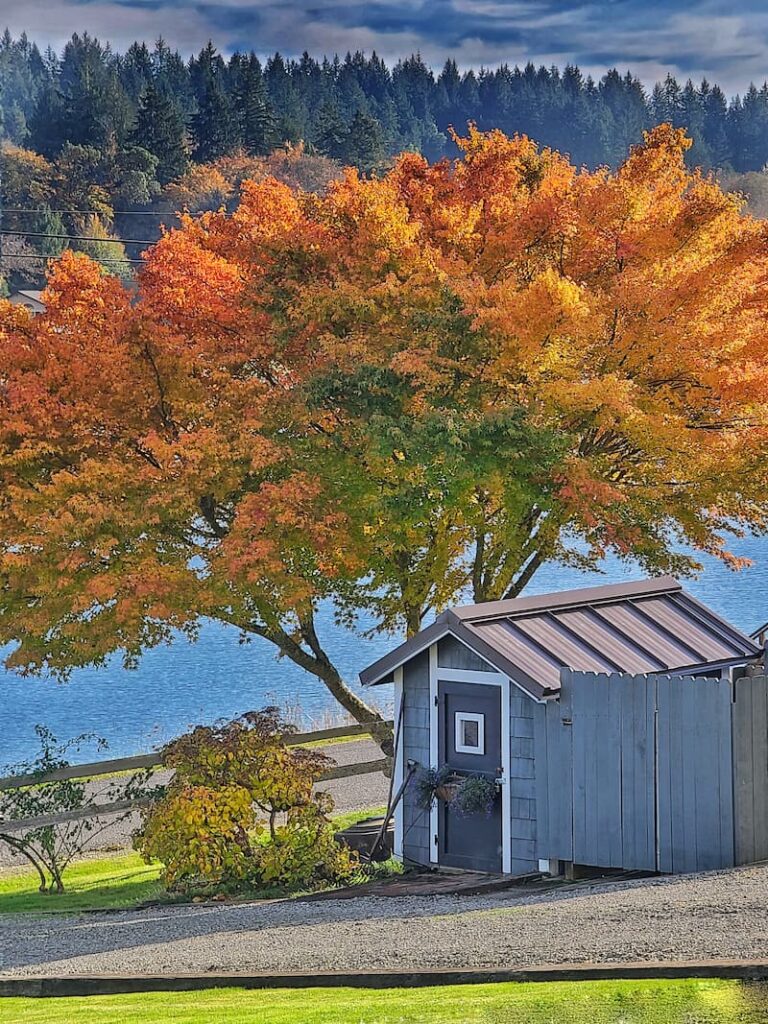
As an Amazon affiliate, I earn from qualifying purchases at no extra cost to you. My blog contains other affiliate links for your convenience as well. Click here to read my privacy policy.
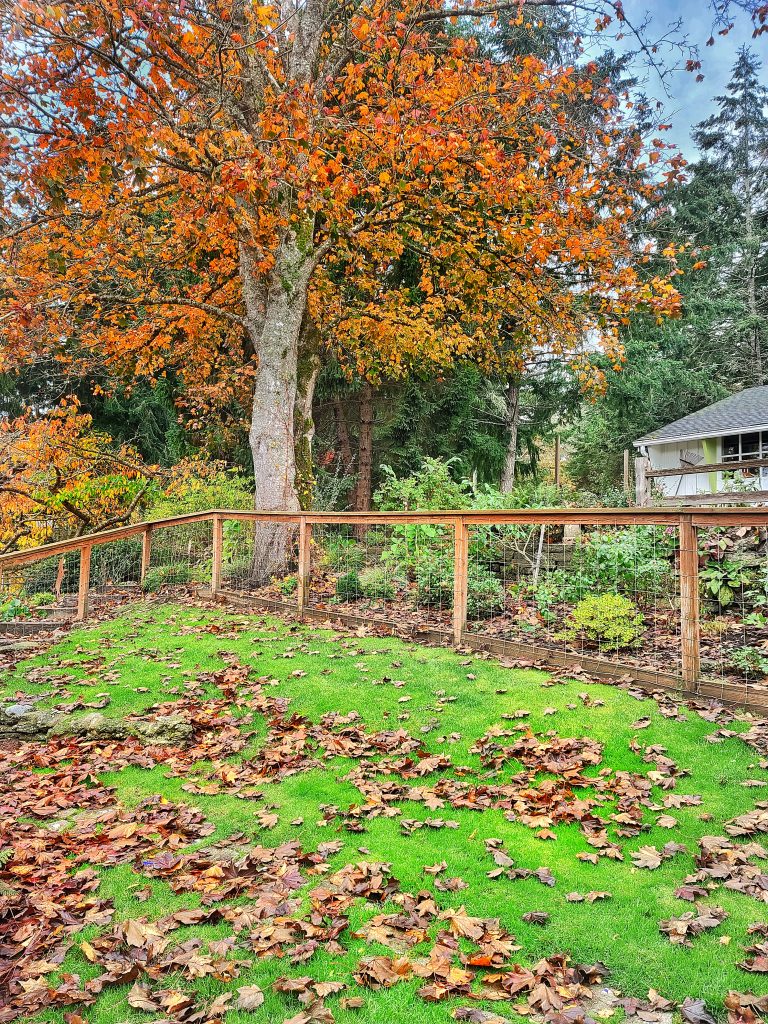
What Is Leaf Litter Mulch?
Leaf litter mulch is a thick layer of leaves from trees and other plants that are spread out and used as a protective covering on the soil surface in gardens, landscapes, and natural ecosystems.
This mulch consists of the leaves that have naturally fallen to the ground, decomposed, and created a layer of organic material. Leaf litter mulch offers several benefits for your garden.
Does It Matter What Types of Leaves You Use?
The type of leaves you use for leaf litter mulch can matter to some extent, but it’s not a critical factor. Different tree and plant species have leaves with varying chemical compositions, and this can affect the rate at which they decompose and their impact on soil pH. Here are some things to consider:
You can incorporate pine needles and grass into your leaf litter mulch, but you should be aware of their characteristics. Pine needles are often used as mulch in acid-loving plant beds (e.g., for blueberries or azaleas) because they can slightly acidify the soil.
Fresh grass clippings can be used as mulch, but they should be dried and mixed with other materials to prevent matting and odors.
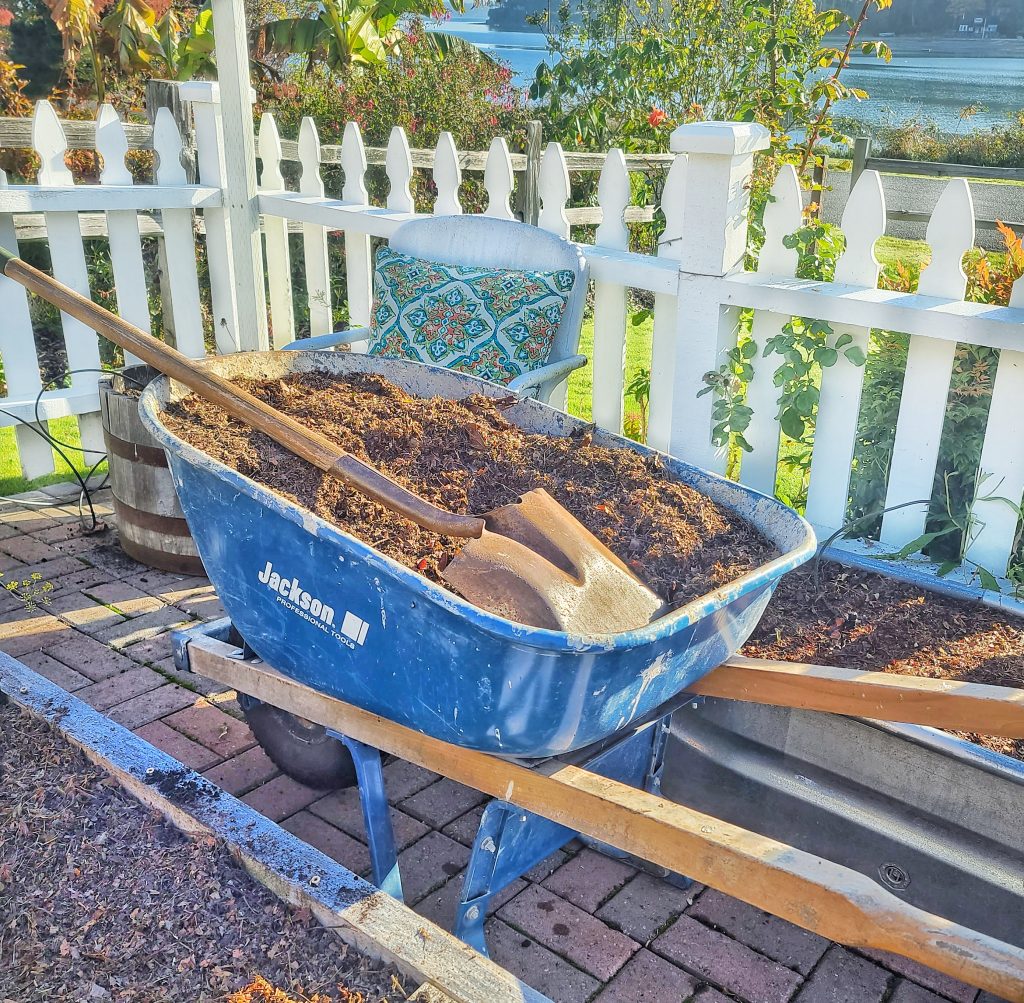
The Benefits of Using Leaves As Mulch In the Garden
Beyond its natural availability and affordability, leaf mulch offers a multitude of benefits for garden enthusiasts. Whether you’re growing lush flower beds, cultivating a productive vegetable garden, or nurturing a thriving landscape, the advantages of incorporating leaf mulch into your garden are both numerous and diverse.
Making Leaf Mulch in 3 Easy Steps
Creating leaf litter mulch from fallen leaves in your yard is a simple process that can be done in three easy steps: gathering fallen leaves, shredding the leaves, and spreading them as mulch in the garden.
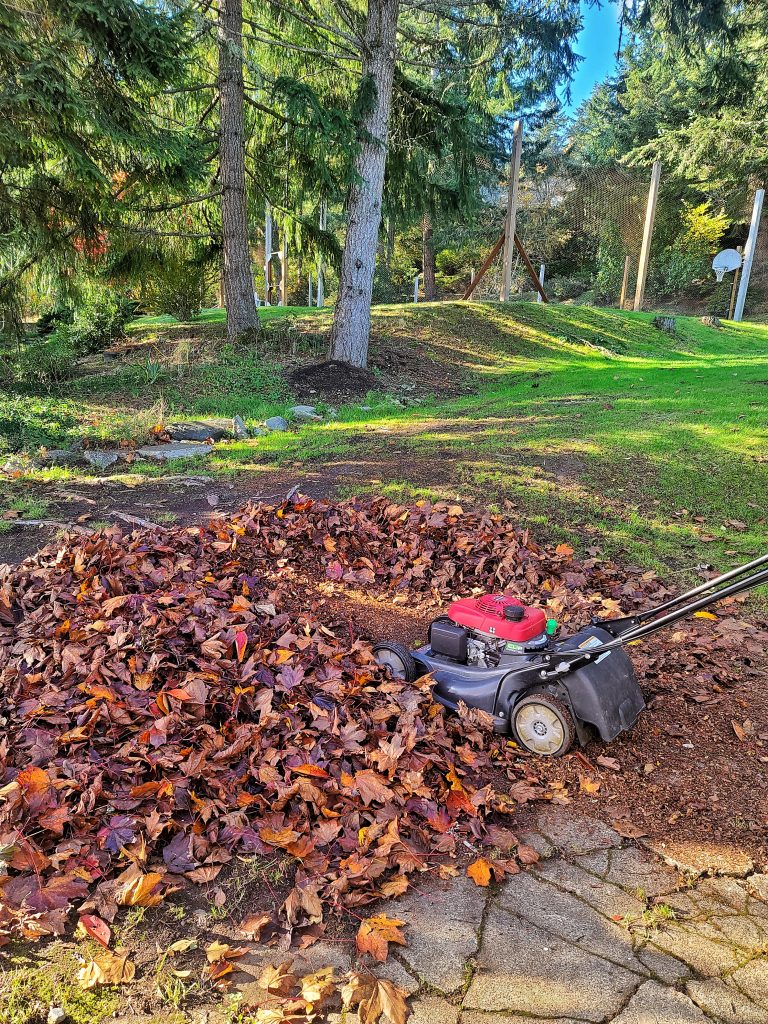
Step One: Gather Fallen Leaves
Collect fallen leaves from your yard or garden. You can use a rake or a leaf blower to gather leaves into piles. If you have a large number of leaves, consider raking leaves onto a tarp or into a bag for easier carrying.
You can use old leaves for leaf mulch. Old or partially decomposed leaves can be an excellent source of mulch for your garden. One thing to keep in mind is that old leaves may take longer to break down compared to fresh leaves, but they will still decompose over time and provide valuable organic matter to your garden.
The leaves will break down more quickly and shred more easily if they are dry.
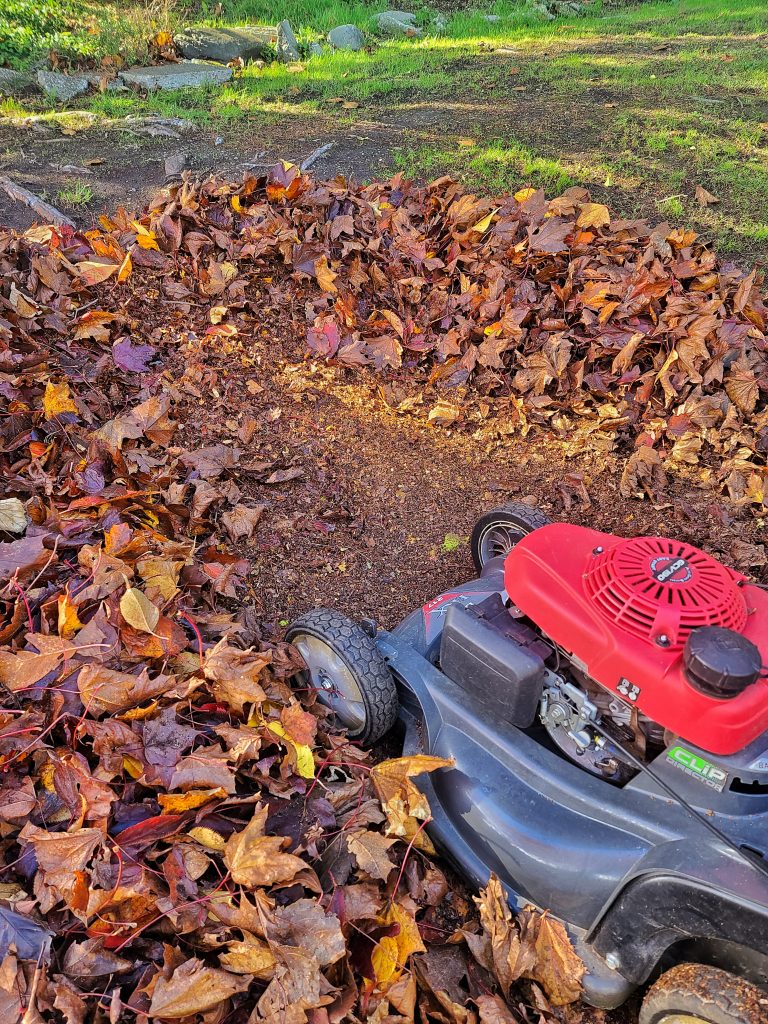
Step Two: Shred or Chop the Leaves
Using a leaf shredder, mulching lawnmower, or lawnmower with a mulching attachment, shred or chop the fallen leaves to speed up the decomposition process and create a more uniform mulch layer.
You can run over the leaves with your lawnmower a few times to break them into smaller pieces.
A mulching lawnmower is designed to recirculate the grass clippings so they are cut into small pieces. Most lawnmowers have the mulching capability, but if you have an older mower, it can be converted to a mulcher by installing a mulching blade.
SHOP FOR MULCHING MOWERS BELOW
Tips to Make Unbagged Leaf Mulching Successful
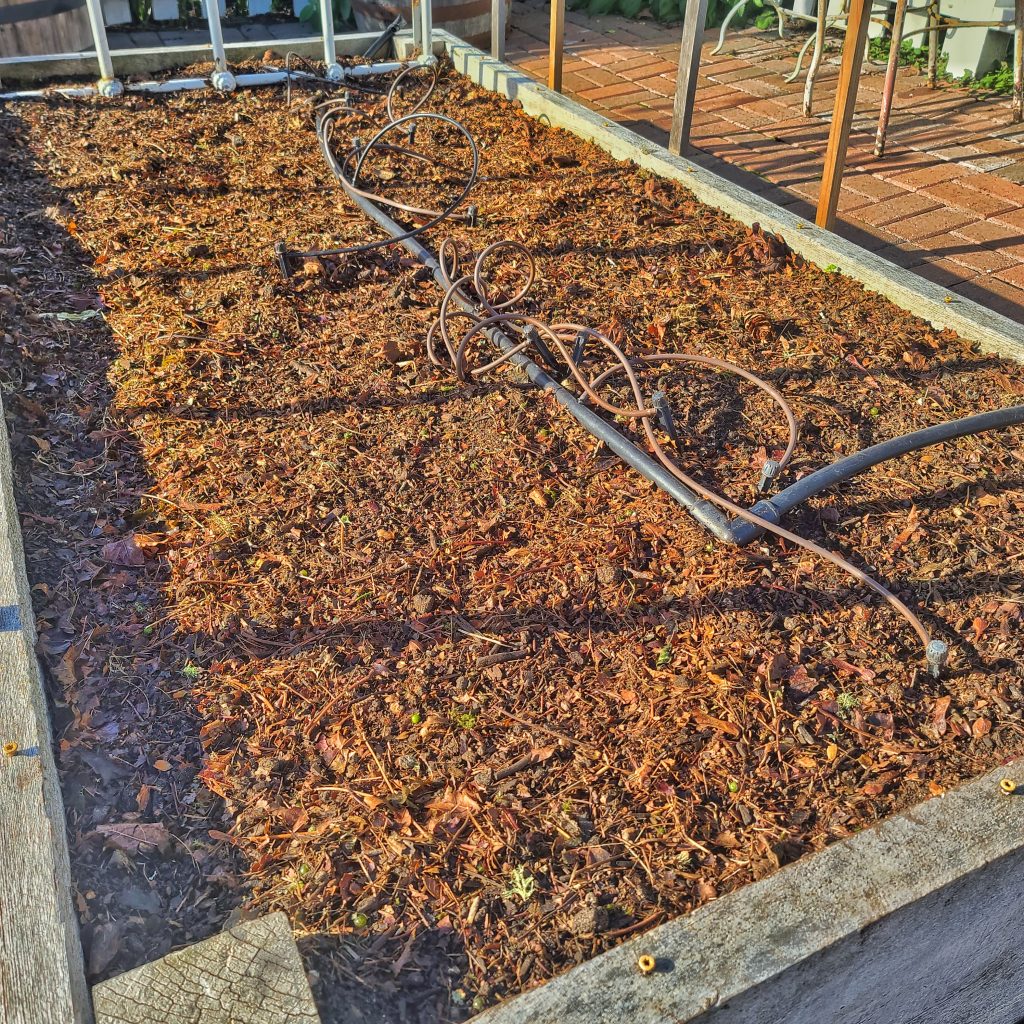
Step Three: Spread the Leaves as Mulch
Spread the shredded leaves evenly as a mulch layer of 2-4 inches (5-10 cm) over the soil in your garden beds or around the base of trees and shrubs. Be careful not to pile the leaves up against the trunks of trees or the stems of plants, as this can promote rot and disease.
Over time, the leaves will naturally decompose, enriching the soil with organic matter and providing all the benefits of mulch, such as moisture retention, weed suppression, and temperature regulation. Remember that you may need to replenish the mulch layer periodically as the leaves break down.
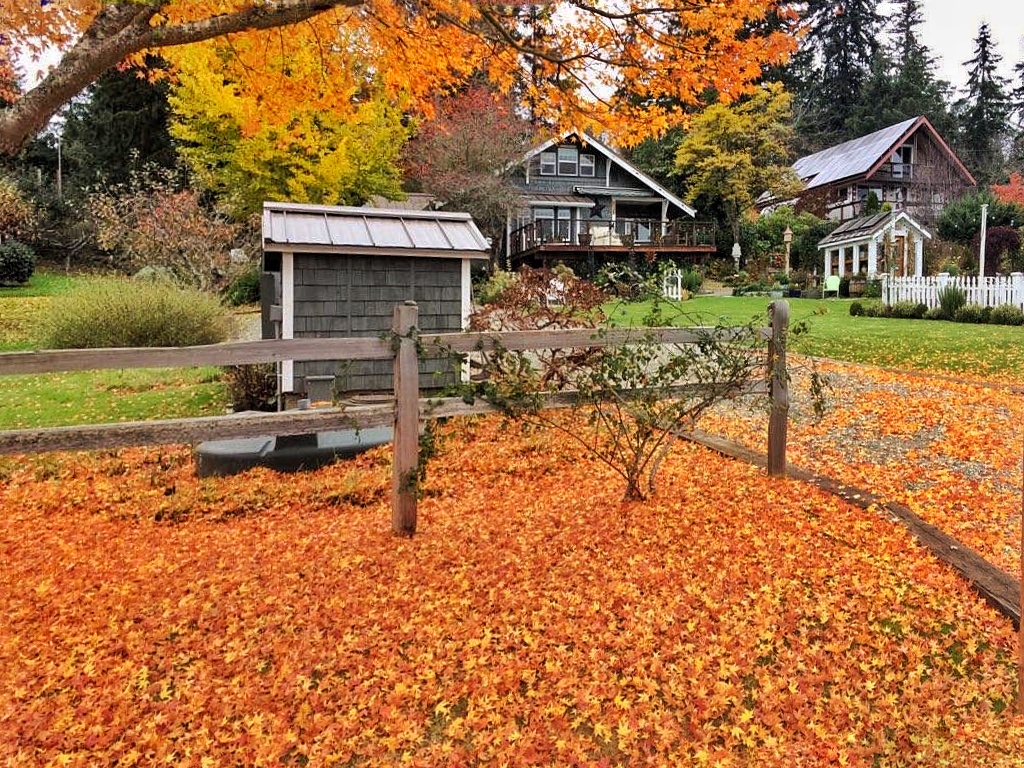
Using Leaves As Mulch
You can use leaves as mulch around your garden, including trees and shrubs, garden beds, and container gardens, to provide various benefits such as moisture retention, weed suppression, temperature regulation, and soil improvement.
Using Leaf Mulch for Trees and Shrubs
Apply a 3-4 inch layer of shredded leaves around the base of your trees and shrubs, keeping the mulch from directly touching the stems and trunks of the plants. Leave a small gap to prevent moisture from accumulating against the bark, which can lead to rot.
Over time, leaves will decompose. Periodically check the mulch layer’s thickness and replenish it as needed to maintain the desired depth.
Using Leaf Mulch for Garden Beds
Before applying the leaf litter mulch, ensure that the garden bed is free of weeds and debris.
Spread a 2-3 inch layer of shredded leaves evenly over the garden bed. Keep the mulch away from the stems or bases of your plants to prevent moisture-related issues.
Using Leaf Mulch for Container Gardens
When potting or replanting in containers, you can incorporate a layer of shredded leaves into the potting mix. This adds organic matter and helps with moisture retention.
For existing container gardens, top-dress the soil surface with a thin layer of shredded leaves. Be careful not to overdo it, as containers have limited space.
Container gardens may dry out faster, so monitor the soil’s moisture levels regularly and adjust your watering accordingly.
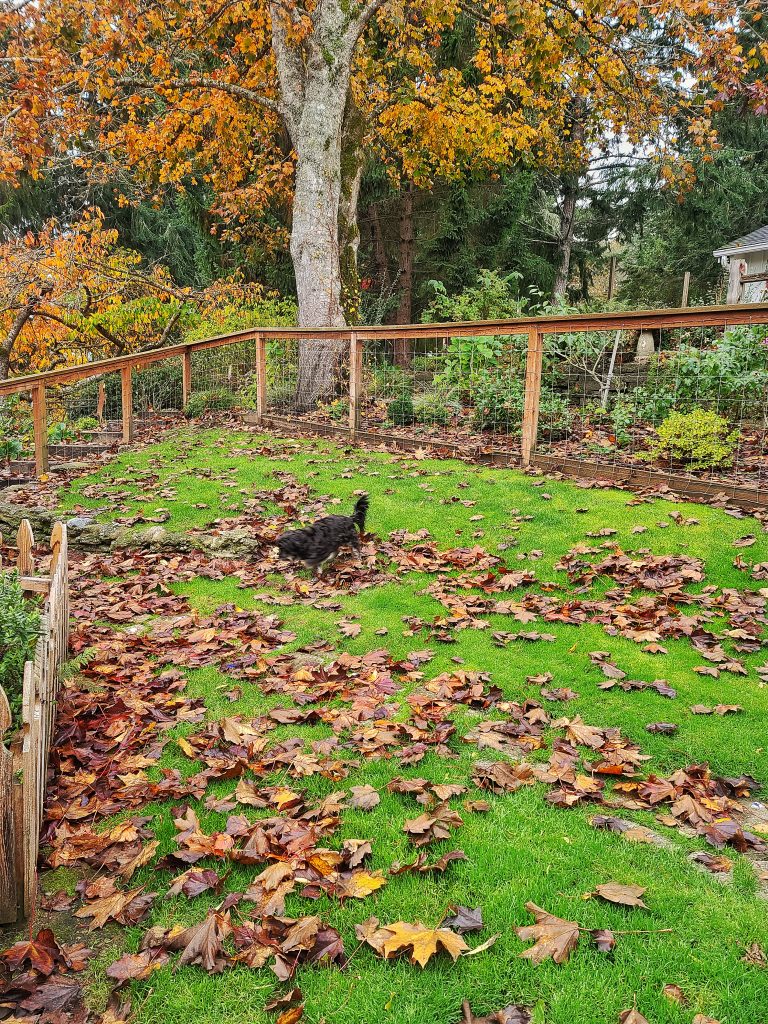
Common Questions About Leaf Litter Mulch
Can You Store Leaf Litter Mulch?
Yes, you can store mulched leaves for up to a year to decompose into leaf mold. Storing leaf mulch can be a practical way to make use of excess leaves collected during the fall or to have a readily available source of mulch for your garden throughout the year.
Here are some steps to properly store leaf mulch:
Is Leaf Mulch Good for the Garden?
Overall, when used correctly, leaf mulch can be a valuable addition to your garden, promoting soil health and plant growth.
What are the Cons of Leaf Mulch?
While leaf mulch offers numerous benefits to the garden, there are some potential drawbacks or cons to consider:
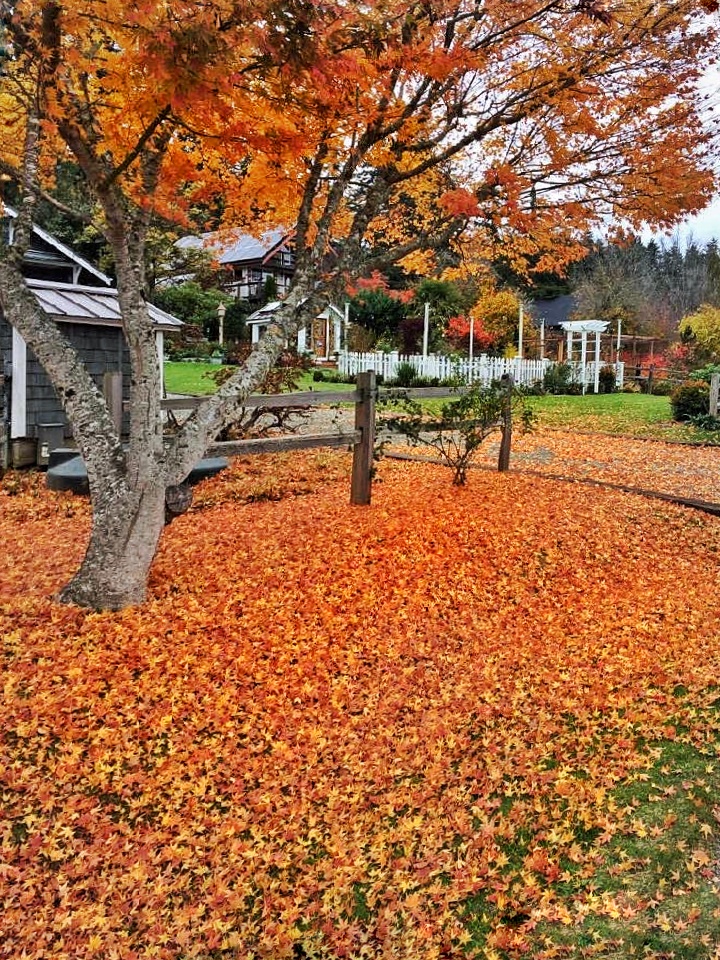
Is Leaf Litter Good for Plants?
Leaf litter, which consists of fallen leaves and other organic debris that accumulates on the ground, can be beneficial for plants and ecosystems when used in moderation.
Benefits include nutrient recycling, soil improvement, moisture retention, temperature regulation, habitat for beneficial organisms, erosion control, and biodiversity.
How Much Leaf Mulch is Too Much in a Garden?
It’s important to strike a balance when applying leaf mulch in your garden. While it offers numerous benefits, including improved soil health and moisture retention, excessive mulch can lead to issues like reduced oxygen exchange in the soil, root suffocation, and an increased risk of pests and diseases.
Observing the conditions in your garden and adjusting your mulch thickness accordingly will help you find the right amount for your specific needs.
Does Leaf Mulch Turn Into Dirt?
While leaf litter mulch itself doesn’t turn directly into dirt, it contributes significantly to the development and maintenance of healthy soil.
Over time, the organic matter from decomposed leaves becomes an integral part of the soil, enhancing its overall quality and fertility. Gardeners often refer to this process as “building soil” or “enriching soil,” and it’s one of the key benefits of using organic mulch materials like leaves in your garden.
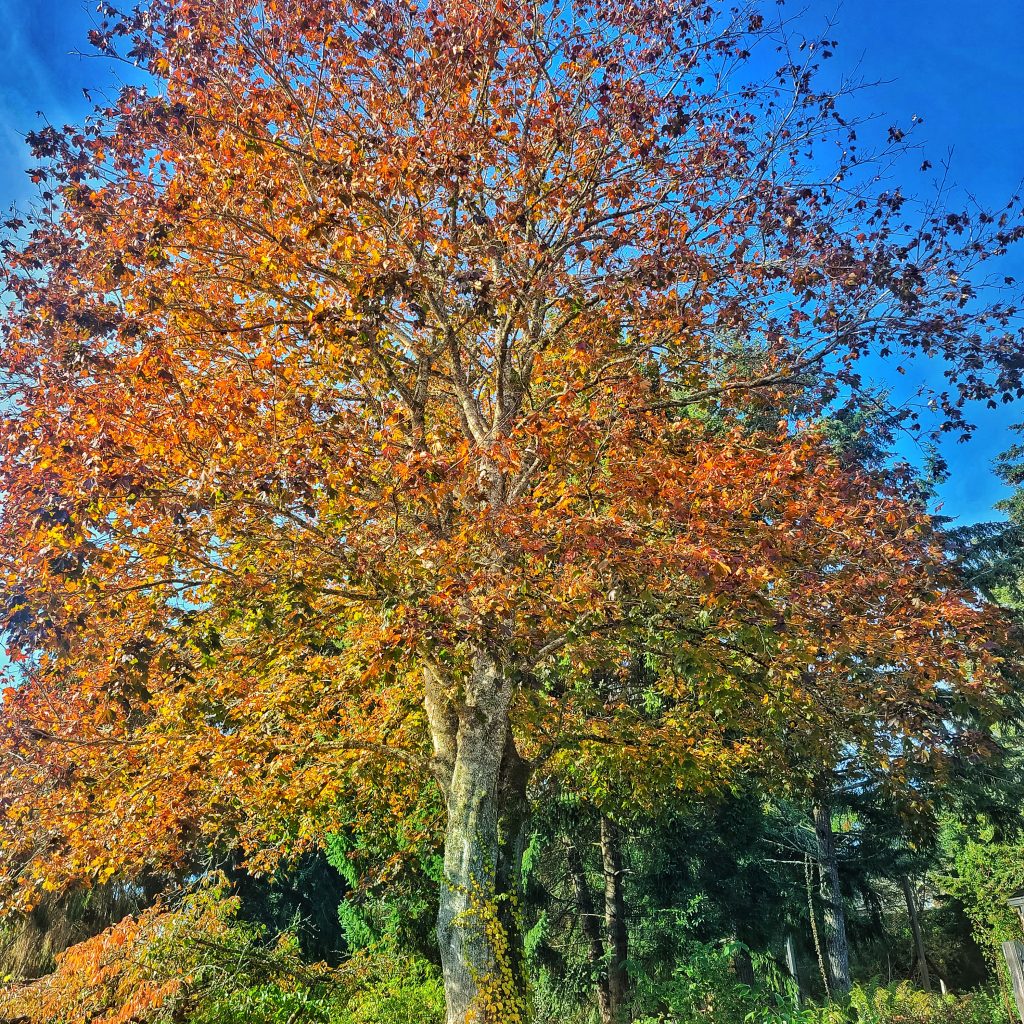
Is it Better to Mulch Leaves Wet or Dry?
Mulching dry leaves is generally more effective and easier to manage than mulching wet leaves.
If wet leaves are your only choice, take steps to minimize clumping and consider mixing them with other materials to improve the overall mulch texture.
Does Leaf Mulch Attract Bugs?
Leaf mulch can attract insects, but this is a natural part of the decomposition process and can contribute to a healthier garden ecosystem.
The majority of insects attracted to leaf mulch are beneficial or benign, and their presence can support a more robust and resilient garden.
Monitoring your garden and taking appropriate measures to manage pest populations, if needed, can help balance your garden’s insect community.
What Time of Year Should You Use Leaf Mulch in Your Garden?
Leaf litter mulch can be beneficial at various times of the year, with its primary application being in the fall for managing fallen leaves. However, you can also use it in the spring and summer for weed control, moisture retention, and soil improvement.
Container gardens benefit from leaves in the potting mix year-round. The timing of leaf mulch application should align with your garden’s specific needs and local climate conditions.
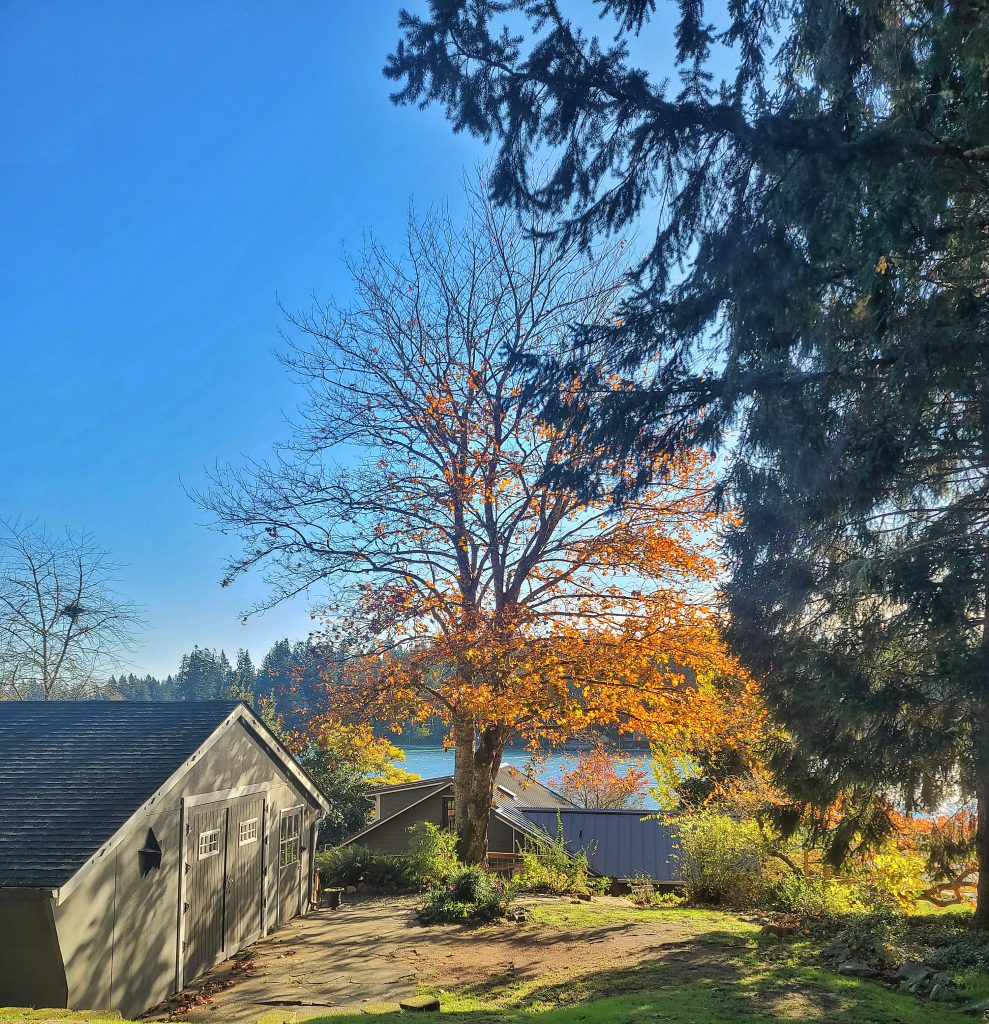
Making and using leaf litter mulch in your garden is a sustainable and eco-friendly practice that offers numerous benefits. Collecting fallen leaves, shredding or chopping them, and applying them as mulch provides essential advantages like soil improvement, moisture retention, weed suppression, and temperature regulation.
The gradual decomposition of leaf mulch enriches the soil with organic matter and nutrients, promoting healthier plant growth. Whether applied in the fall to manage fallen leaves, in the spring for weed control, or even in the summer to conserve moisture, leaf mulch can be a valuable tool for gardeners.
If you have any questions or additional suggestions, please share them in the comments below. And be sure to share this blog post link with anyone who may find these gardening tips useful.
Until next time,
Happy Gardening!

I’m a self-taught hobby gardener. Everything I share on my blog is my opinion and what has worked for me.
Follow Me for More Inspiration
Shop my Amazon Storefront, LTK sources, and my favorite home decor, garden, and lifestyle products. When you purchase from one of my links, I earn a small commission, which helps me continue sharing all the content you expect on my blog.
Be sure to follow me on Pinterest, Instagram, Facebook, TikTok and LIKEtoKNOW.it. Do you like gardening? Join my Facebook Gardening Tips & Tricks group.



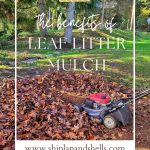

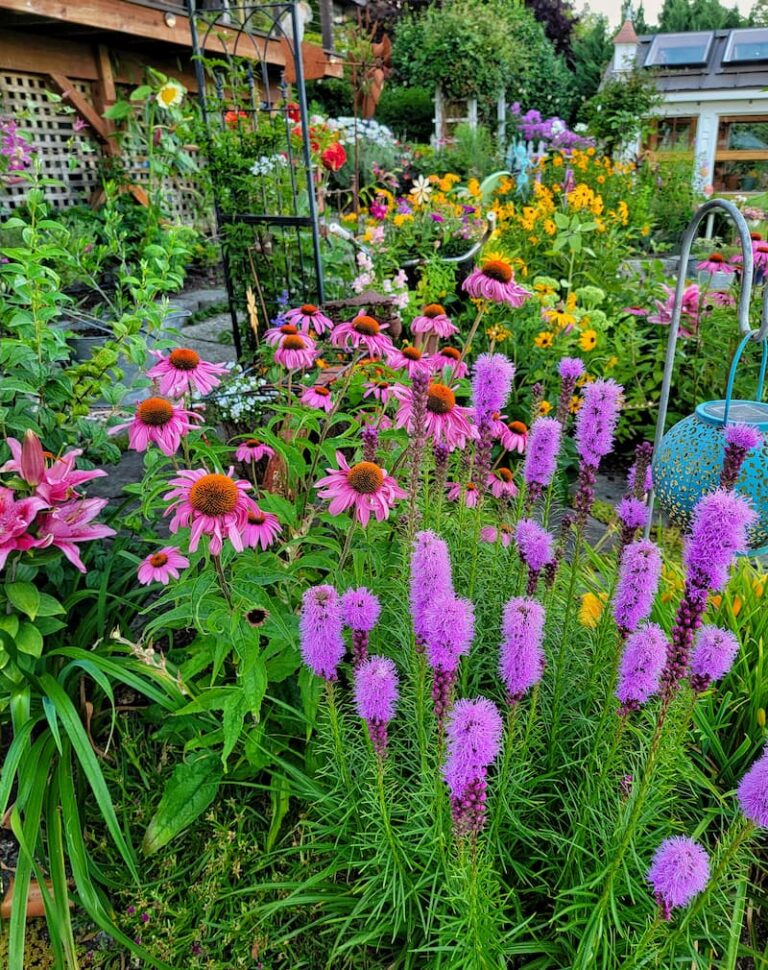
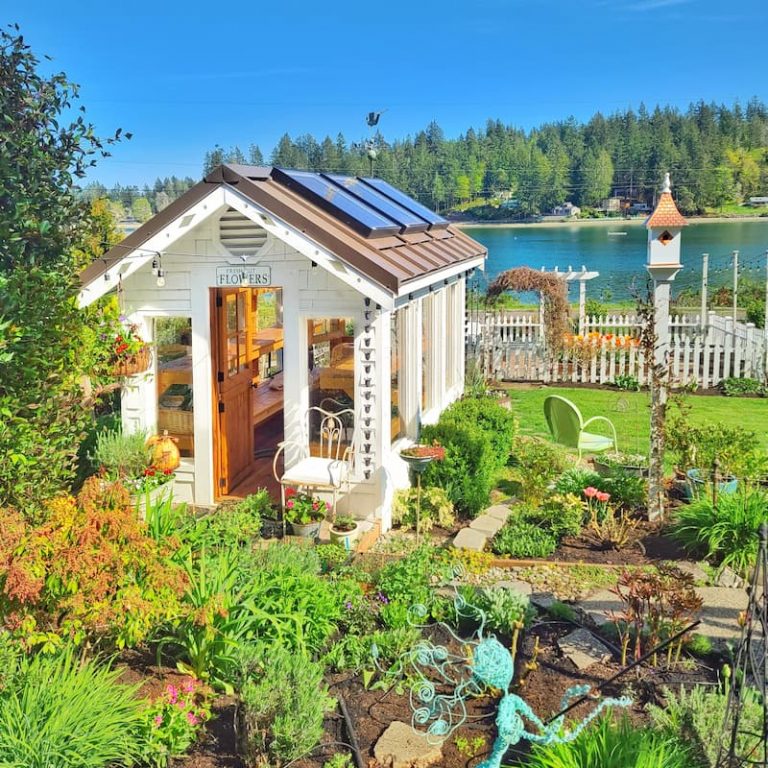
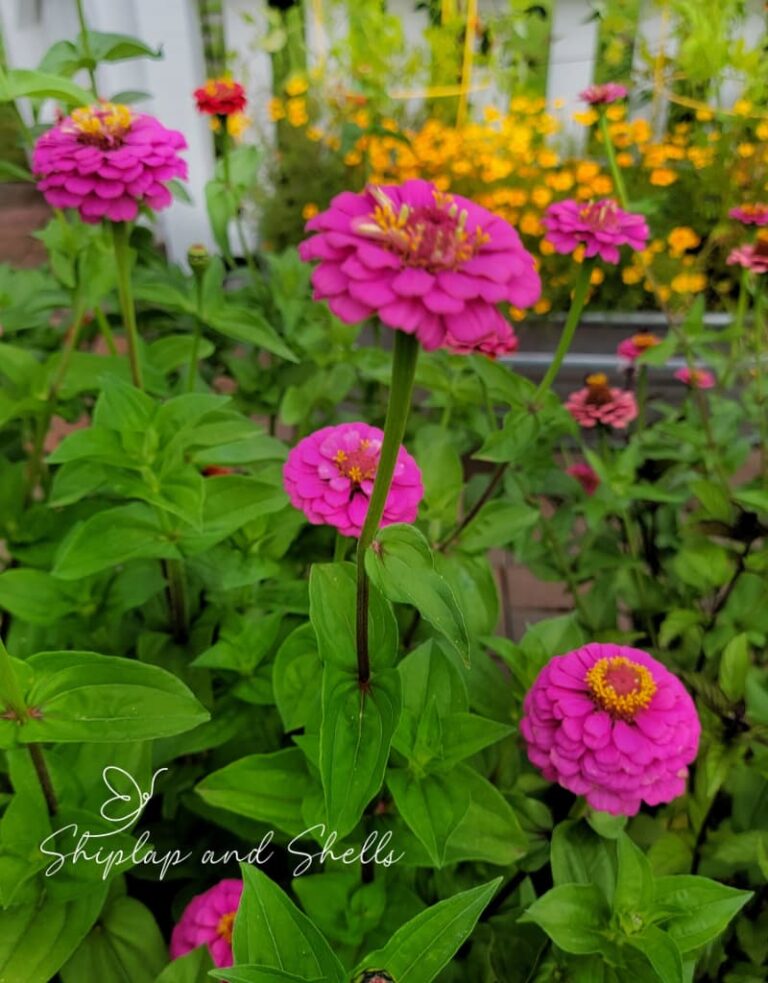

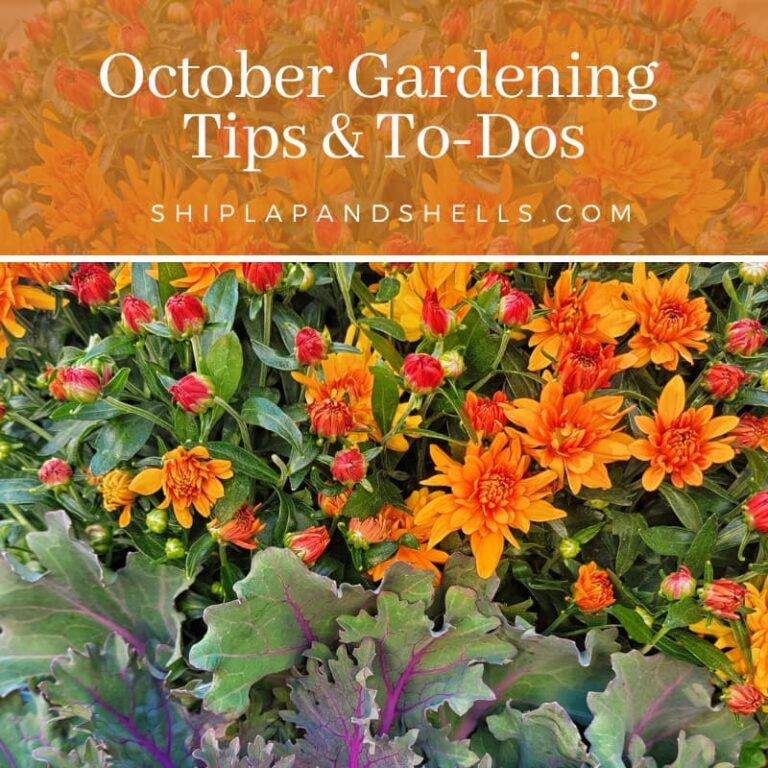
Hi! Love this idea, I happen to have been reading about it as well. Didn’t know I could shred leaves with a mower!
I want to pass along this info to my parents who have started a garden bed, but they’ve already added black mulch on top…. What should they do with the mulch, come fall, if they’re gonna try this method?
Hi Jackie!
I was so relieved when I found out we could actually do something productive with fallen leaves!
Fall is a great time to add the mulched leaves to your garden beds to protect perennials and spring bulbs from the winter weather. They can just add it to the top. The layers will protect the plants and the mulched leaves will eventually make it further down throughout the season with the rain and everything else going on. Hope that helps.
Love your post of the leaves they are so colorful. I live in the coast area of Texas and they are not that colorful but still don’t mind them. Enjoying your post they are so pretty.
Love this post Kim. I’m going to,share it on my Vermont Foliage home tour coming up??
Thank you, Ann! You have a lot of leaves in your yard I’m sure!
Great tips on leaf mulch Kim! Thanks for sharing! xo
Thank you, Stacy! I love how great it works to keep the dahlias snug as a bug during the winter months.
Great tips and beautiful photo’s.
You are so sweet Rebecca, thank you!
Wow Kim, this is so timely! I just tore down my strawbales and since we have so many leaves, I might just add some of these to all of my gardens. Thank you so much!!!
Oh good Chas! I know it will really help your garden.
Kim,
Thanks for allowing me to share this post. My share will be live on Sat. 11/21. Here is the link.
https://www.thepondsfarmhouse.com/dirt-road-adventures/
You are so organized and sweet to feature me Rachel. Thank you.
Such a great tip Kim.
Rachel
Thank you Rachel.